Discover insights, tips, and stories from the skies — from aircraft buying guides to pilot training.

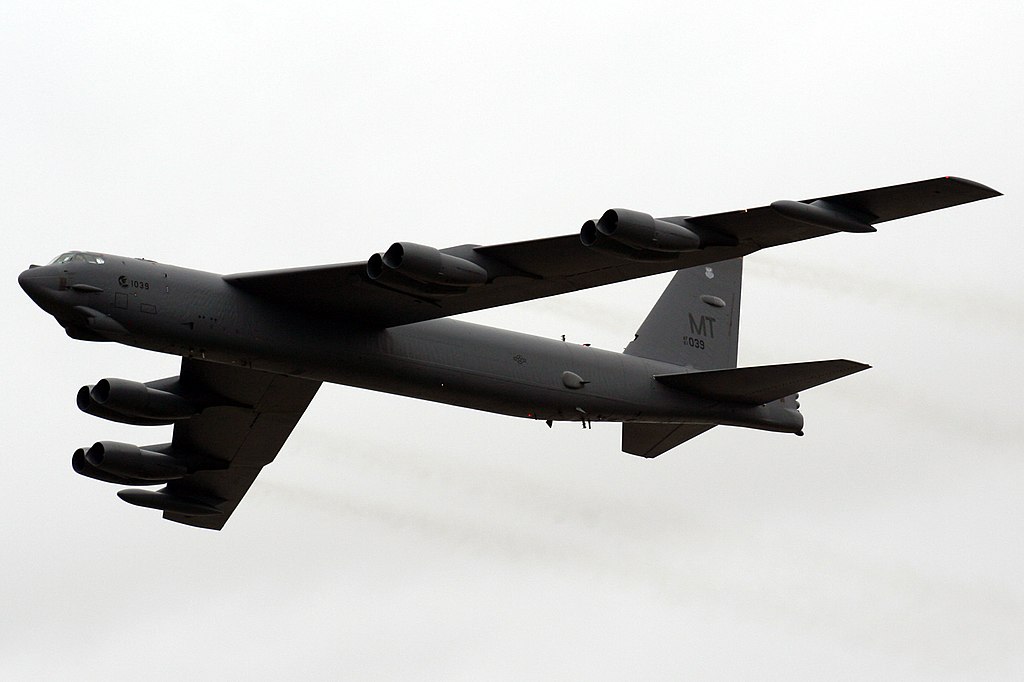
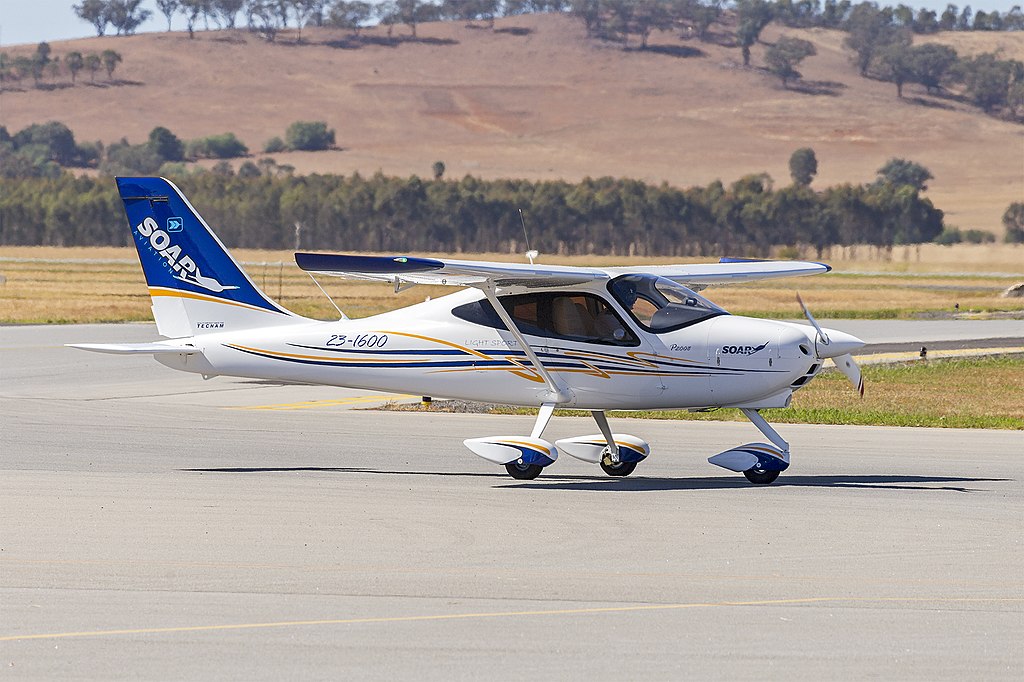
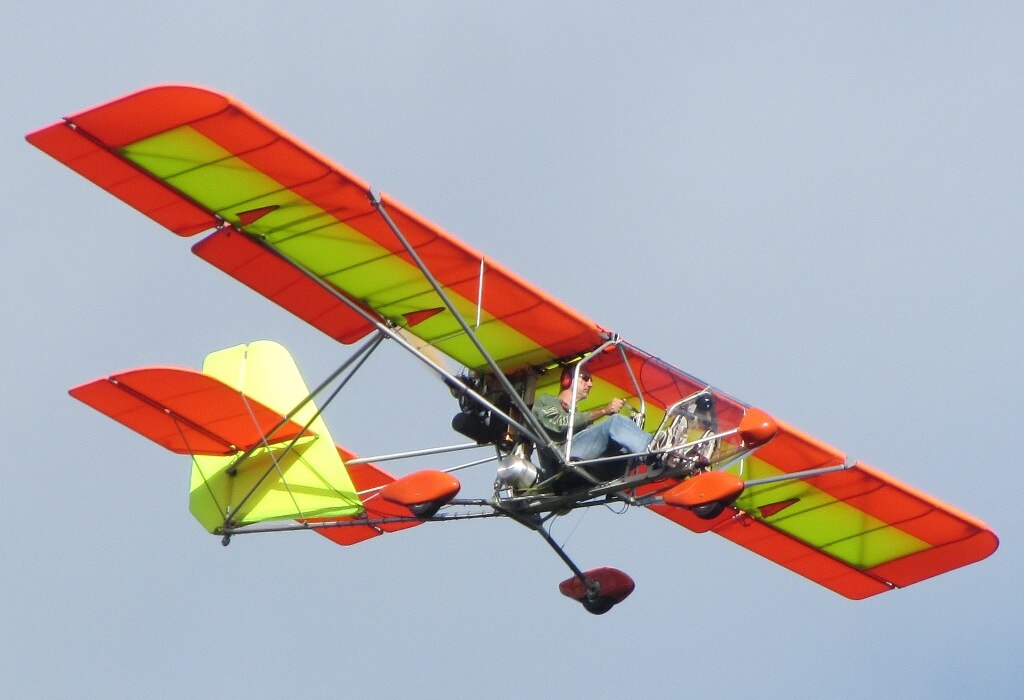
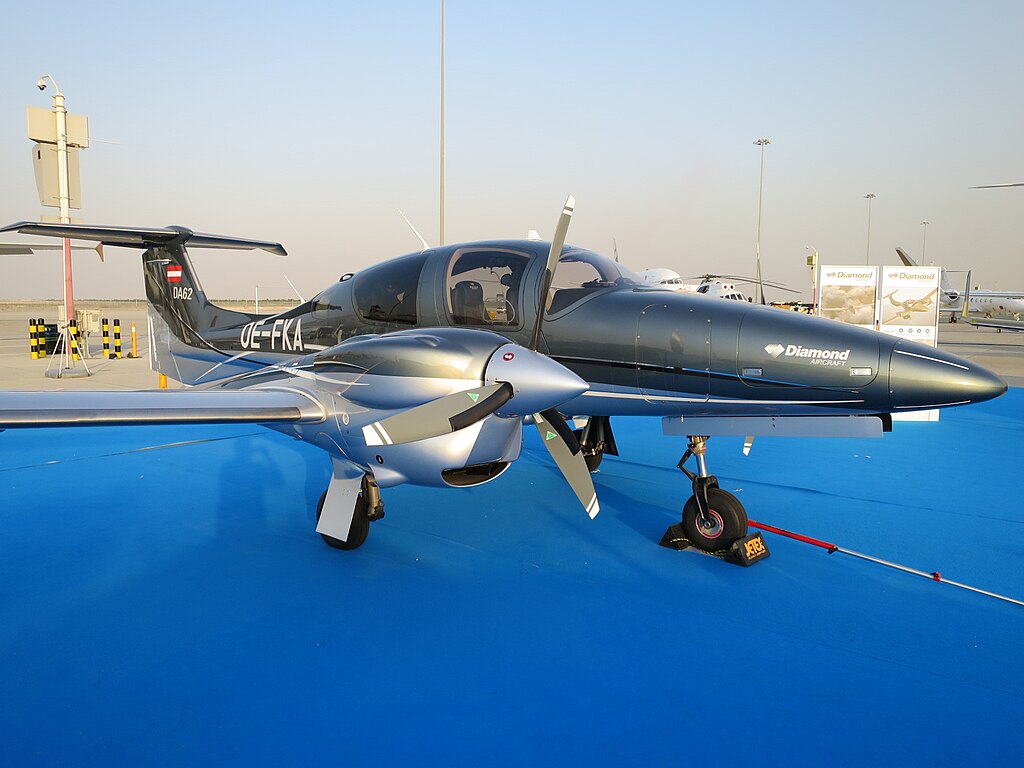
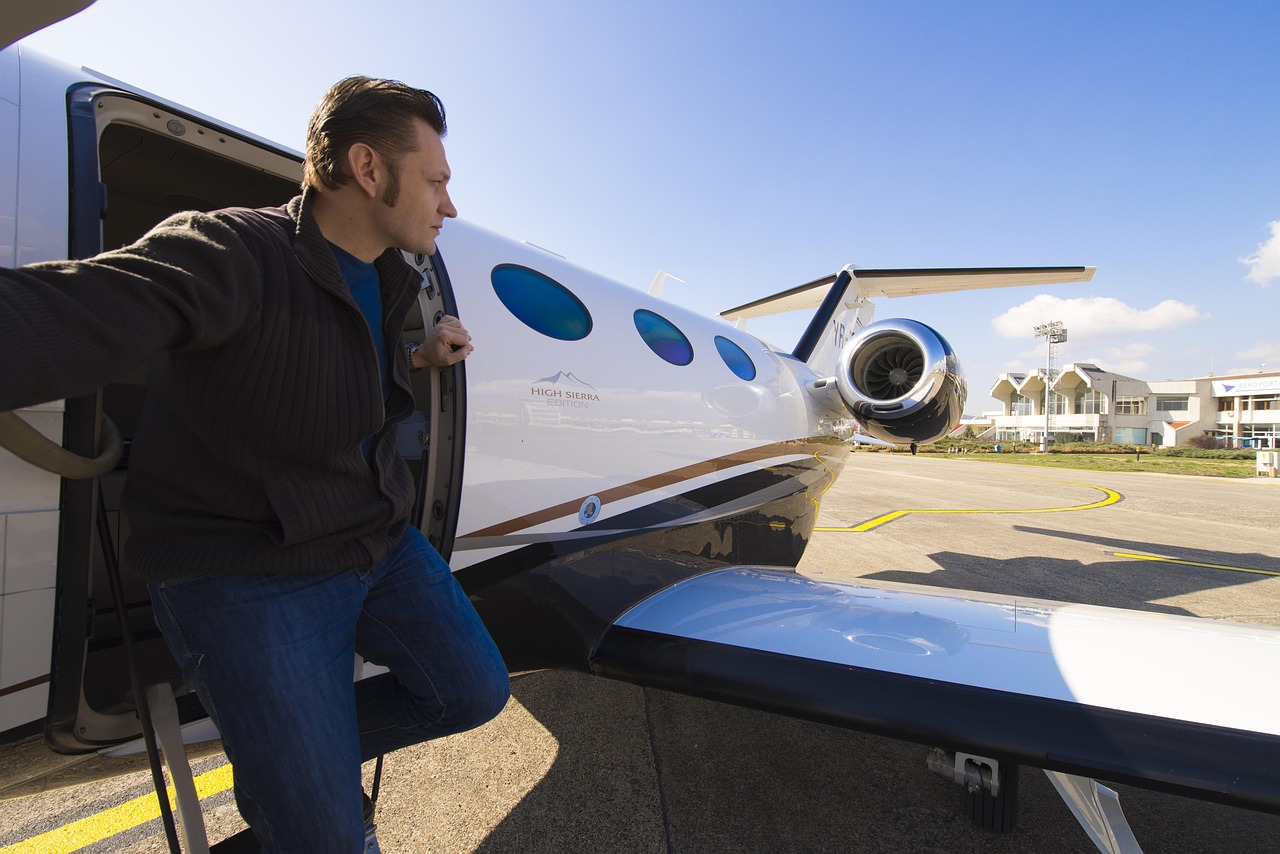
Published: July 23, 2025
So, you're thinking about owning a private jet. That’s a big step—and an exciting one! But right away, you’ll come across two common options: fractional jet ownership and full jet ownership. At first, they might sound similar. Both give you access to a plane. Both give you flexibility. But they work in totally different ways.
This guide is here to help you compare fractional jet ownership vs full ownership comparison clearly and simply. We'll walk through how each option works, who they’re for, what they cost, and how they fit different lifestyles and business needs. By the end, you’ll know exactly what these private aviation ownership models offer—and which one makes the most sense for you.
Let’s start with the basics. How do these jet ownership models actually work?
Fractional jet ownership means you buy a share of a jet, not the whole thing. You might own 1/8 or 1/16 of an aircraft. This share gives you a set number of flying hours per year.
You don’t have to worry about maintenance, hangars, or crew. A fractional jet program handles all of that for you through jet management services. You just book your flights, show up, and go.
You also get access to a private jet fleet through the provider. So if your usual aircraft isn’t available, you can fly something similar.
It’s like a shared jet ownership plan, ideal for people who want consistent access to private flights—without the full responsibilities of aircraft management and ownership.
Full ownership means you own the entire aircraft. You’re in control of the aircraft, the schedule, and the team that operates it. This is the most complete form of private aircraft ownership.
You’ll handle (or hire someone to handle) everything—from fuel and crew to maintenance and storage. Most owners use jet management services to run the day-to-day operations.
This jet ownership structure is often used by corporations or high-frequency flyers who want full-time access to a private jet and don’t want to share with anyone else.
It comes with more freedom—but also more responsibility.
Now that you understand how they work, let’s look at who typically chooses fractional vs full aircraft ownership—and why.
For them, fractional jet cost per hour is easier to manage than buying a full aircraft. And because the provider handles everything, they save time and hassle. That’s why the pros and cons of fractional jet ownership often appeal to busy executives and mid-sized businesses.
This model also works well for those trying private jet investment for the first time.
These owners usually want full control, branding opportunities, or specific customizations. They also tend to value the long-term financial benefits and are ready to handle the full private jet ownership costs.
This type of corporate jet ownership fits those who fly often and want the aircraft ready whenever they need it.
Let’s talk about money. And time. Because both matter when choosing between fractional plane ownership and full plane ownership. This is where most people pause and ask, “What’s the real difference?”
Here’s a simple way to see it:
This kind of jet cost comparison helps filter your best fit early.
Think of it like choosing aircraft ownership plans based on your time, budget, and lifestyle.
Now let’s look at how you use the jet. Your needs matter just as much as the price tag.
This jet usage comparison is important if you sometimes travel solo and other times bring a full team.
There are different jet ownership options, and each one gives you a different level of access and control:
These are all valid aviation investment options, depending on your goals.
Every model has upsides:
In a private jet ownership comparison, each option fits a different type of user. That’s why this isn’t about right or wrong. It’s about finding what works for you.
And that’s where good planning comes in. Use this as your airplane ownership guide to understand what fits your flying habits, your budget, and your schedule.
Understanding the difference between fractional and full jet ownership is key when thinking about your next step in private flying. Some people value control and flexibility. Others want ease and efficiency. That’s why there’s no one-size-fits-all when it comes to private jet ownership options.
Use this guide as your quick reference for the jet ownership comparison—then take your time to think about what matters most to you: frequency, cost, control, and comfort.
Looking for help choosing the best jet ownership option? Contact Flying411 today for a simple, expert walkthrough of your private aviation options.
The minimum share is usually 1/16, which gives you around 50 flight hours per year.
Yes, most programs allow resale, but there may be minimum holding periods and resale conditions.
They handle maintenance, pilots, scheduling, and regulatory compliance so you don’t have to.
Yes, but if you fly very frequently, the private jet ownership costs may even out over time.
Yes, many owners offer their jets for charter to offset operating costs.